The effectiveness of using calamus root
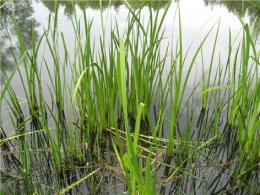
Calamus is a perennial aquatic plant of the Calamus family, which came to us, presumably, from India and China. Grows in Russia, India, Europe, Southeast Asia, southern Canada and the USA.
Calamus is a triangular bright green stems growing in water; the plant reaches a height of 50 to 120 cm. The stem is erect, the flowers are small, light green. The fruits are small, red or pale green berries (in Russia and Europe, the plant, due to climatic factors, does not bear fruit and reproduces vegetatively).
Calamus grows, as the name implies, mainly in wetlands, near water bodies, on abundantly moist soil, sometimes forming extensive thickets. The Tatars believed that the water in which calamus grows is suitable for drinking, and often, as the Tatar-Mongol troops moved, they threw calamus stems into the water. Thus, calamus spread throughout Russia.
Content:
History of the use of calamus root
The history of medicinal and household use of calamus goes back thousands of years; even the ancient Greeks and Romans used calamus root for medicinal purposes. It was mainly known as a medicine for kidney diseases, a diuretic, and also as a mild tonic and a remedy for eye diseases.
Calamus came to Europe only in the 16th century, when the director of the Vienna Botanical Garden managed to obtain rhizomes for planting and cultivation, however, it quickly became clear that this herb is widespread throughout Eastern Europe under the name Tartary grass. Thus, calamus gradually spread throughout Europe.
The plant appeared in North America at the end of the 18th century. At the moment, calamus root is widely used for various purposes - in cooking, pharmacology and medicine, landscape design and even in the perfume industry.
Collection and use of calamus
Calamus is collected in the autumn-winter period, when the water level drops significantly, cleaned, crushed and dried.
Calamus root is widely used:
- in cooking
- in traditional medicine recipes
- in perfumery
- in landscape design
- in veterinary medicine
- in pharmacology and scientific medicine
Use in cooking
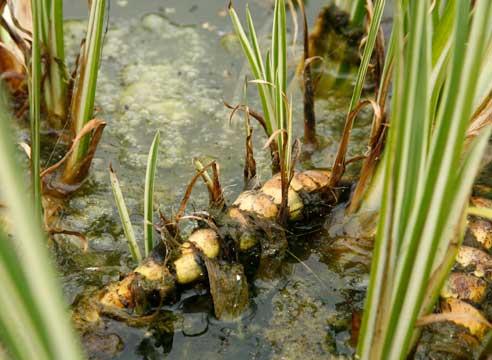
Initially, calamus was used and imported to Europe from Turkey as an expensive delicacy, and to this day calamus in this capacity can be found in eastern markets. In India, dried calamus is used as a seasoning for meat and fish. Calamus is still used as a seasoning for a variety of dishes or as an ingredient for preservation.
Air in landscape design
For ornamental gardening Several varieties of calamus have been cultivated:
- Albovariegatus
- Aureovariegatus
- Purpureus
- Variegatus
The plant grows well in any moist soil, but, unfortunately, has not attracted the attention of amateur gardeners. It is used only occasionally, to decorate reservoirs, but regular cleaning and weeding is necessary to avoid too rapid growth and waterlogging of the reservoir. Due to not entirely suitable conditions, calamus in a garden pond will not bloom and will not grow more than 50 cm.
Calamus root in medicine
Used for wide medical purposes throughout the distribution area:
- in India (as a bactericidal drug)
- in Korea (for ailments and abdominal pain, gastritis)
- in China (for epilepsy and rheumatism)
- in Tibet (for laryngeal ulcers and gastroenteritis)
- in Bulgaria (for kidney and stomach diseases)
- in Europe (a very wide range of diseases - fever, anemia, arthritis, typhoid, malaria, rickets, cholera, etc.)
In folk medicine There is a widespread belief about the medicinal properties of calamus; it is credited with much greater therapeutic capabilities than it actually has. Calamus root is usually used in the form of decoctions, infusions, baths with decoctions, taken internally and externally. However, studies have shown that the medicinal properties of calamus are by no means so universal.
Unfortunately, contrary to popular belief in folk healing, calamus root is by no means a “cure for all diseases.” It is mainly used in alcoholic extract and essential oils of calamus root. The main area of application is as an expectorant and bactericidal agent for liver and kidney diseases (of course, prescribed in conjunction with other drugs).
For the most part, calamus root in modern medicine is used only as part of drinking herbal teas. In veterinary medicine, calamus root is used as one of the ingredients for decoctions and mixtures, and is added to improve digestion in pets.
Calamus root is used as a flavoring agent in the manufacture of soap, tooth powders and other hygiene products. Actively used in perfumery when making perfumes, it ultimately adds tartness and spicy notes to the aroma.
Contraindications for use
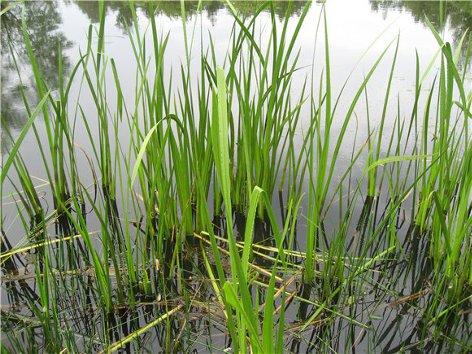
Calamus root should not be used during pregnancy, acute inflammatory processes in the kidneys, or gastrointestinal ulcers. Despite the advice of traditional medicine, calamus root should not be used as a remedy; for any type of pain, it is recommended to seek help from a qualified medical professional rather than self-medicate with dubious folk remedies.
Contrary to popular belief and a huge number of recipes and medicinal potions, calamus root is not remedy, and is suitable for use mainly for culinary or perfumery purposes.
If abused, it acts as an emetic and can lead to an exacerbation of the disease. It has only minor medicinal properties; along with calamus, modern medicine has a significant number of drugs that can bring a therapeutic effect with much greater efficiency and benefit.
Educational video about the benefits of calamus:
Interesting information about the vegetable garden


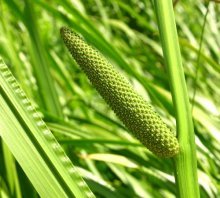
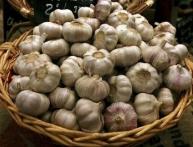
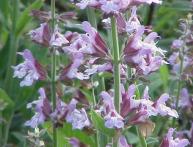




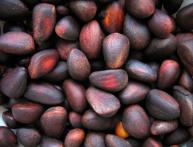
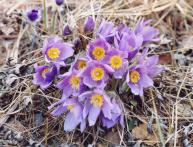
Comments
I would not say that calamus is not a medicine. For example, it improves digestion much more effectively than many expensive drugs. And not only.